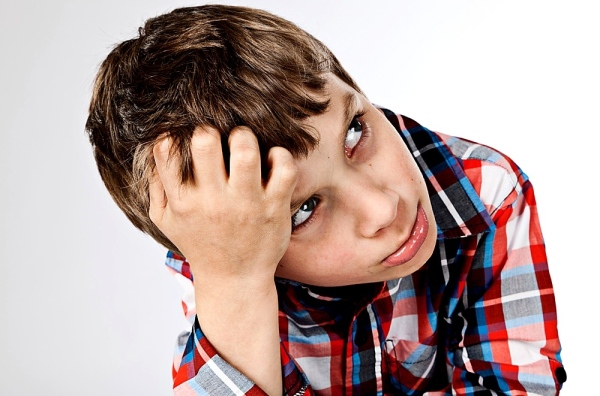There are many congenital conditions that potentially affect normal hair growth, but it’s thankfully infrequent for any child to be troubled with anything further than hair fall of a temporary kind. When problems do arise most can be treated successfully with simple alterations towards the child’s diet and/or hair care routine.
Some myths about children’s hair loss are that vitamin deficiency, poor scalp circulation, headbands, hats, or cold weather may bring it on. The causes of hair loss in children are on occasion quite that simple. The most common childhood hair loss conditions that trichologists or other health professionals would see are outlined below:
Telogen effluvium
Telogen effluvium is really a condition in which the hair life cycle is interrupted. Normally, about 10 to 15 percent of the hairs on your child’s head have been in the telogen phase. But in telogen effluvium, many or all hairs are added too to the telogen phase. After a few weeks or months, partial or complete baldness occurs. Telogen effluvium can happen for a number of reasons, including extreme fever, the stress of general anesthesia, vitamin A overdose, injury, side effects of the medication (for example, accutane), or severe emotional stress.
Tinea Capititis
Tinea capititis is a scalp infection the result of a fungus, such as ringworm. Children between the ages of 2 and 10 are most susceptible to ringworm, which causes thinning of the hair and bald spots. If your toddler is experiencing dandruff-like flaking using the baldness, this is a good indicator of ringworm since toddlers are unlikely to possess dandruff or cradle-cap.
Malnutrition
Babies that are suffering from malnutrition have a greater opportunity to lose hair. Biotin or vitamin H deficiency and zinc deficiency can cause hair loss and disruption of cell metabolism. Excessive consumption of vitamin A also can be one cause of hair loss in children.
Hair shaft trauma
Physical stress towards the hair, known as hair shaft trauma, commonly causes hair loss in children. Hair shaft trauma migh result from consistent pulling of the hair (for instance, tight ponytails or braids), excessive friction (like rubbing against a pillow or wheelchair), or by chemical burns towards the hair shaft. It can also in occur in children who’ve trichotillomania, a mental condition that causes people to obsessively take out their hair. If your child’s doctor suspects hair shaft trauma, he’ll determine what action is causing it. When the cause of hair shaft trauma is identified and stopped, hair will often re-grow. But in some cases, hair shaft trauma can go on long enough to cause scarring, and hair might not grow back.
Alopecia areata
Alopecia areata is when patches of kids’ hair suddenly start falling out in a round or oval pattern. This hair loss occurs inside a matter of a few days, and the bald patterns are smooth and never inflamed. Alopecia areata is thought to occur whenever a child’s immune system mistakenly attacks her own hair follicles. This condition is relatively rare, affecting about 1 in 1,000 children at any time. There is no specific test for alopecia areata; it’s diagnosed after an examination of the scalp, and when other conditions are ruled out. Alopecia areata cannot be cured, but dermatologists can use medications to assist promote hair growth. In some cases, alopecia areata will progress until all of the hair on the child’s head falls out.
